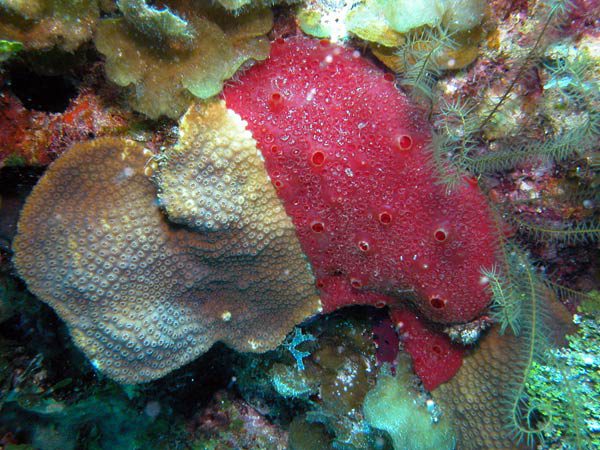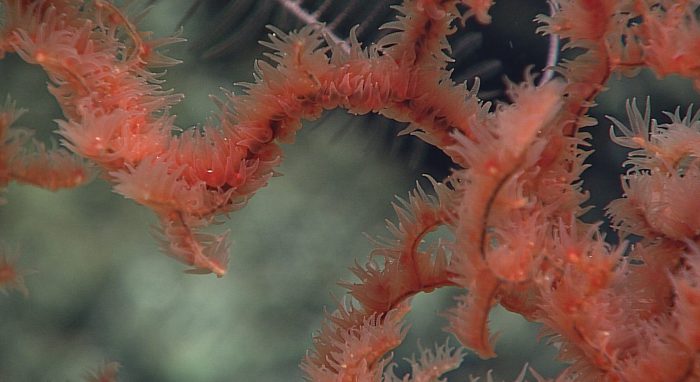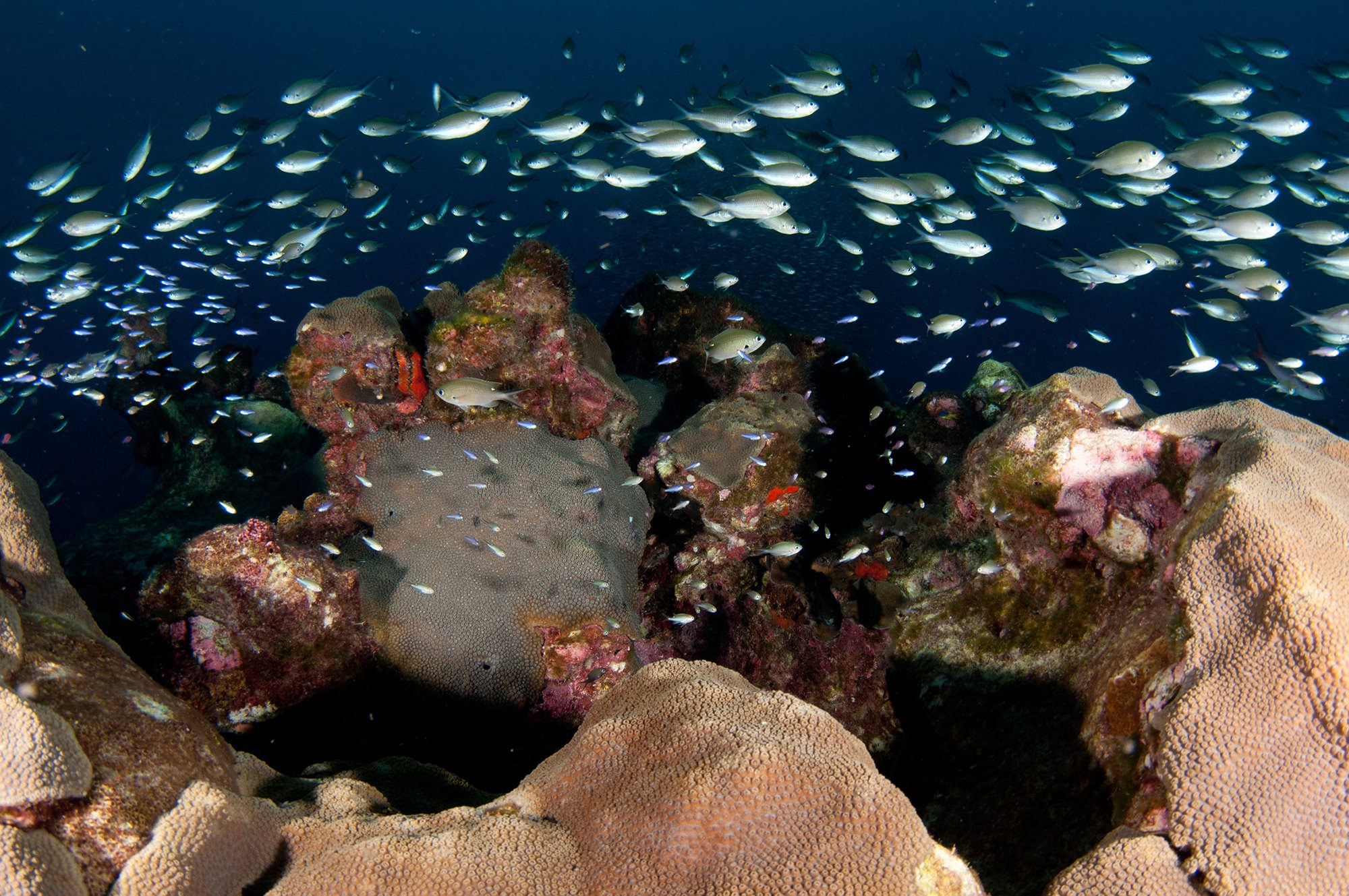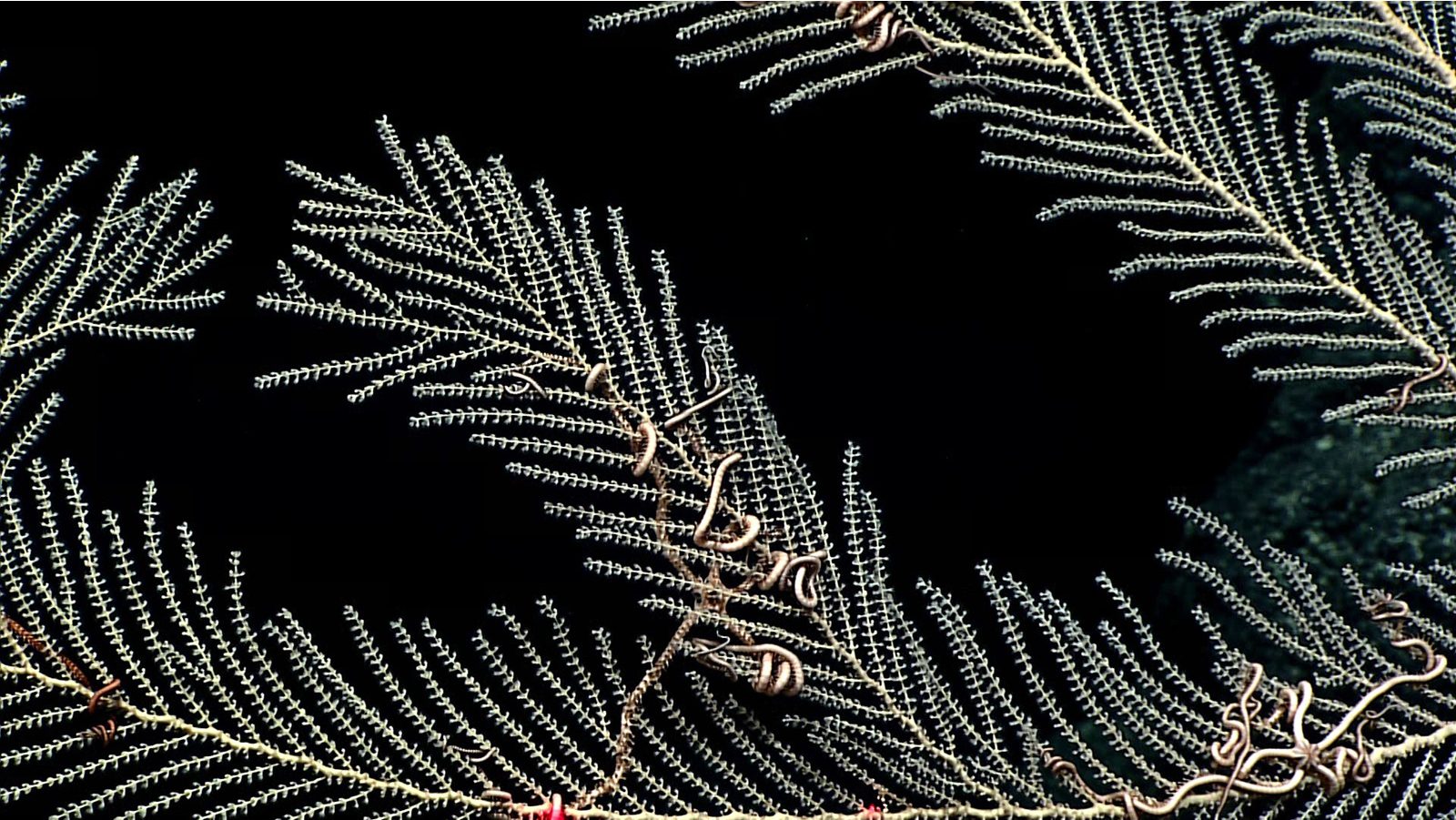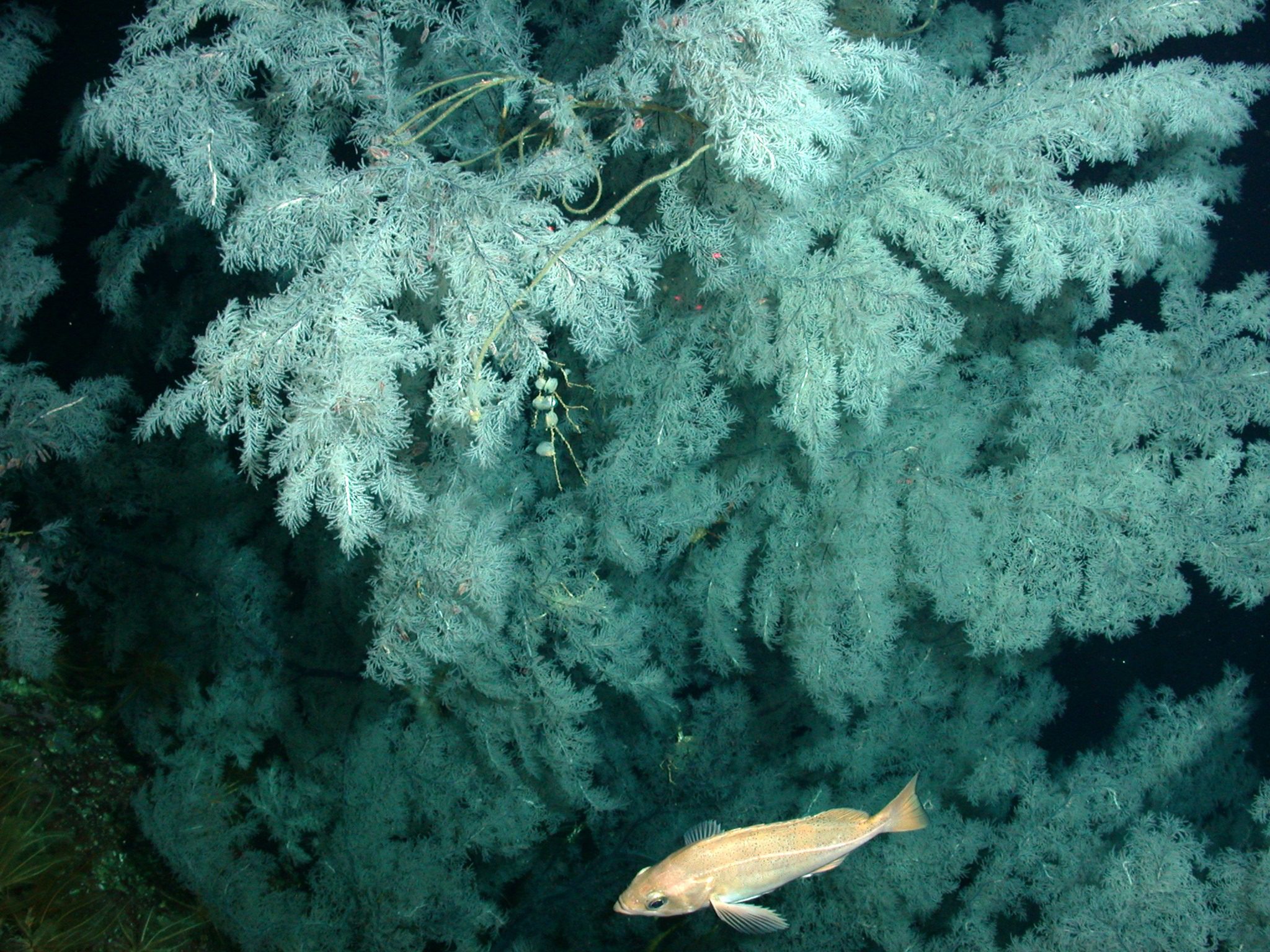Climate Change affects the corals as well as fishes and other organisms associated with the reefs. Shifting the the overall architecture of the reef can one that is dominated by sea fans, soft corals, macroalgae, and sponges. This in turn also changes the types of fish and invertebrates that depend on the habitat and food… Continue Reading Climate Change Impacts to Reef Associated Species
Ancient Deep-Sea Corals
Some of the oldest known benthic marine organisms are black corals of genus Leopathes. These ancient deep-sea corals (Leiopathes spp.) are very slow-growing black coral species. In the Gulf, large colonies of the black coral Leiopathes glaberrima have been estimated to be over 2,000 years old. They are characterized by their black or dark brown… Continue Reading Ancient Deep-Sea Corals
Final Rule Implementing Coral Amendment 9 in Gulf of Mexico
NOAA Fisheries announces the final rule implementing Amendment 9 to the Fishery Management Plan for Coral and Coral Reef Resources in Gulf of Mexico U.S. waters (Amendment 9). The final rule will be effective November 16, 2020. The rule establishes 13 new habitat areas of particular concern with fishing regulations, designates 8 new areas without fishing… Continue Reading Final Rule Implementing Coral Amendment 9 in Gulf of Mexico
Deep Sea Soft Corals
Deep-sea soft corals (Callogorgia spp.) are abundant foundation species (species which built main reef structure), often occurring as extensive fields of colonies in the upper bathyal region of the deep sea and found between 650 – 3280 feet deep. Colonies of soft corals create habitat for a wide variety of animals. They, often serve as nursery… Continue Reading Deep Sea Soft Corals
Deep Sea Black Corals
The deep-water environment found off the west coast of Florida proved to be a good habitat for diverse deep-water coral communities. Black corals (or Antipatharians) are a group of branching corals often associated with deep reef habitats. Although their exterior flesh is usually red, white, or orange, their internal skeleton is black. Black corals can live… Continue Reading Deep Sea Black Corals

